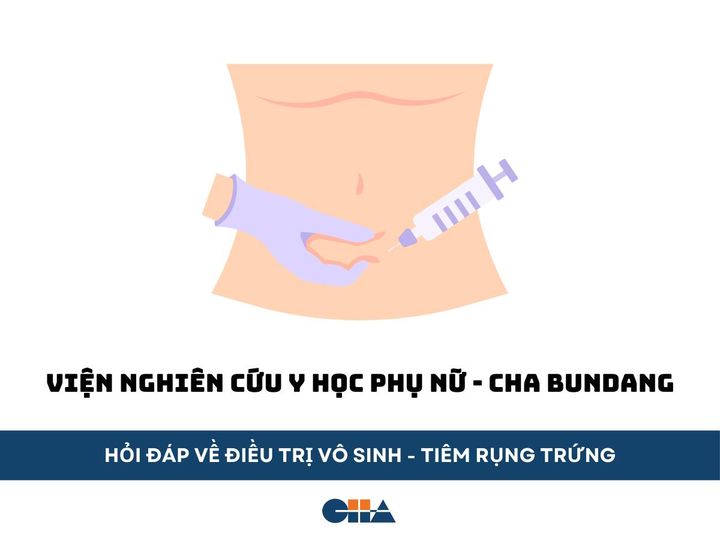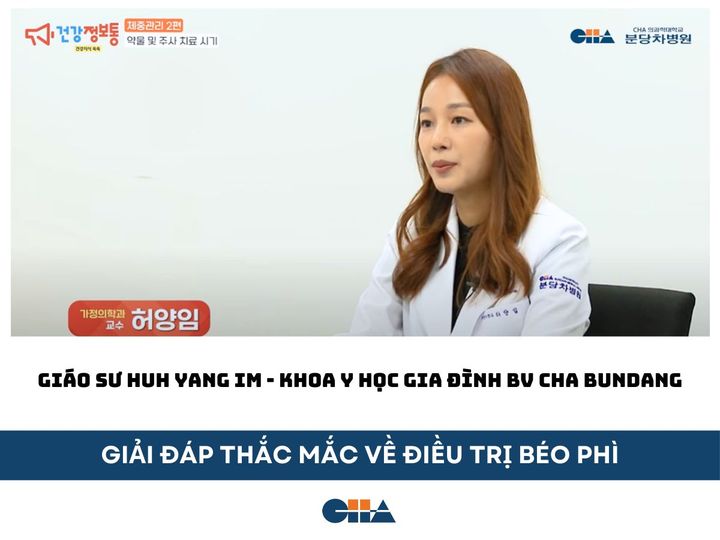If you have been trying to conceive naturally for a year without success, it is referred to as infertility, at which point artificial insemination or in vitro fertilization (IVF) should be considered. Artificial insemination involves directly inserting sperm into a woman’s body to achieve fertilization, while in vitro fertilization is a special technique that allows sperm and eggs to combine in a laboratory environment. After collecting the sperm and eggs, they are cultured in a test tube or petri dish, and healthy embryos are placed into the woman’s uterine lining; this is known as an embryo transfer procedure.

Candidates for in vitro fertilization (IVF) are those who cannot conceive naturally, have ovulation disorders, abnormal fallopian tubes, fertilization disorders, cell division abnormalities, and uterine diseases.
Before undergoing IVF, various tests are required to assess the health of both the wife and husband. These tests include checking the uterus, ovulation, and the presence and health of sperm, among others. Additionally, it is necessary to check for potential causes of bleeding or hemorrhage in the ovaries due to damage to the ovaries, uterus, or blood vessels during the egg retrieval process in IVF surgery. General liver function tests, urine tests, and blood tests are also conducted.
The first step of the process is to stimulate the ovulation of multiple eggs to collect many healthy, mature eggs. Ovulation-stimulating medications are administered orally or through subcutaneous injections, and ultrasounds are performed every 2-3 days to monitor the development of the follicles. If the eggs are collected too early, they will be immature, and if collected too late, the success rate will decrease. Therefore, during the ovarian hyperstimulation process, it is crucial to perform ultrasounds and closely observe the development of the follicles to determine the right time for egg retrieval.
Once the timing for egg retrieval is established, the eggs will mature, and the patient will receive a trigger injection for ovulation. Eggs will be retrieved 36 hours after this injection. After administering intravenous anesthesia, we will examine the ovaries using a transvaginal ultrasound, and the eggs are collected by inserting a needle through the vaginal wall.

On the day of sample collection, we also collect the husband’s semen. The eggs and sperm obtained in this way are fertilized in a culture dish (test tube), and the fertilized embryos are cultured for an additional 2 to 5 days before being implanted into the wife’s uterus.
After the embryo transfer, the couple can go home and wait for any developments. They can engage in light exercise or take a bath, but should avoid steam baths, alcohol, and smoking, as these can raise body temperature. Additionally, if they experience severe pain or excessive bleeding, they should seek medical attention immediately.
A blood test is conducted approximately 12 days after the egg retrieval to check for the presence of human chorionic gonadotropin (hCG). If this hormone is detected, it means that the fertilized egg has implanted; however, the confirmation of pregnancy will be verified by checking the fetal heartbeat via ultrasound about 3-4 weeks after egg retrieval. The symptoms following IVF (in vitro fertilization) are similar to those experienced during a normal pregnancy if the transfer is successful.








